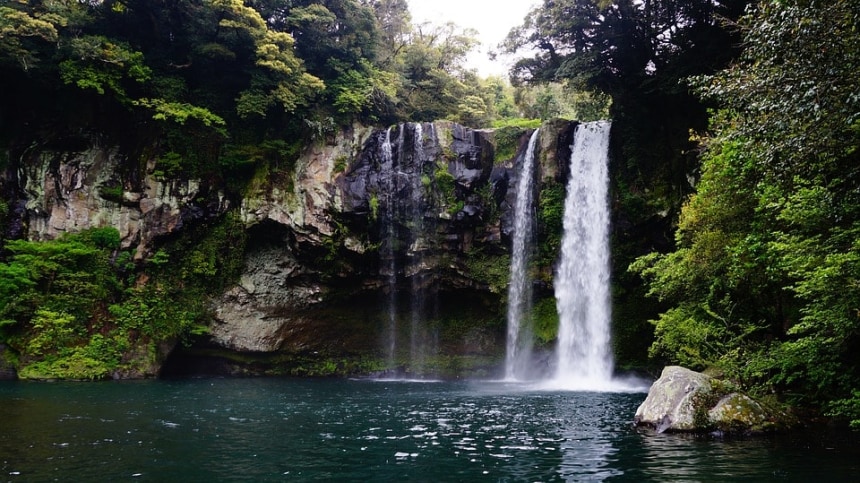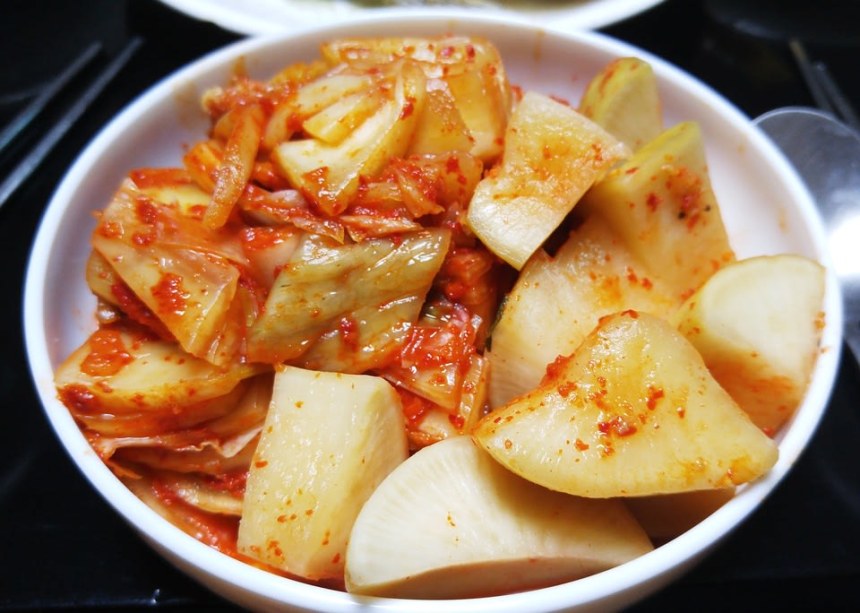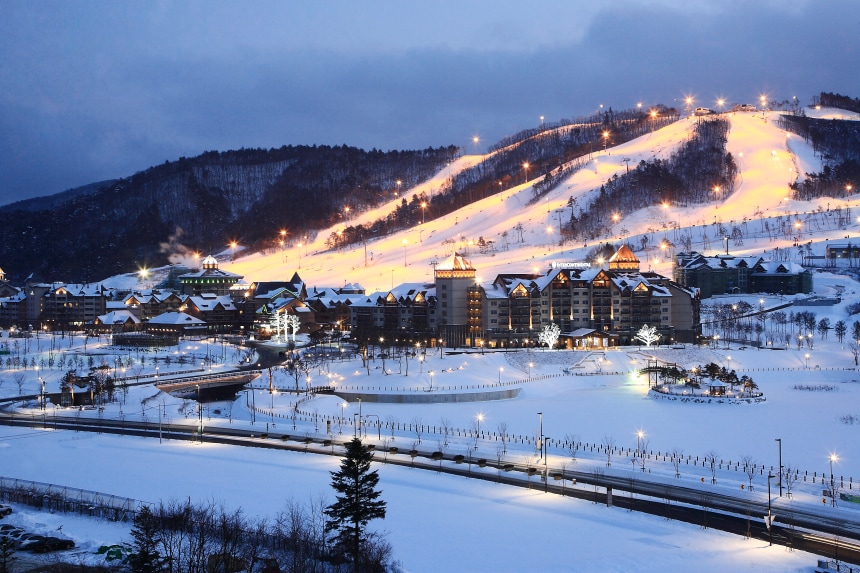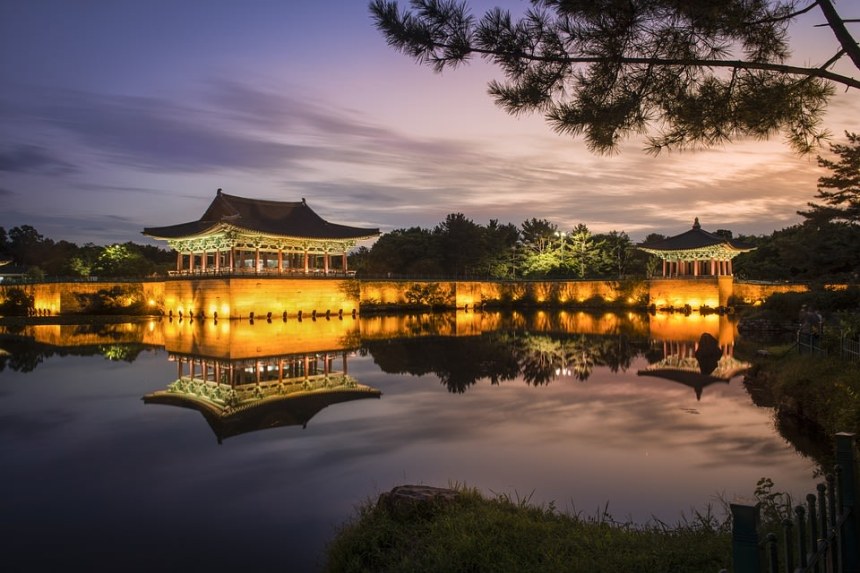| 6 mins read
Divided in half by one of the world’s most militarised borders, the Korean Peninsula may not seem like one of East Asia’s most exciting destinations at first glance. However, despite its hermetic northern neighbour, South Korea is fast becoming one of the region’s go-to holiday hotspots thanks to its scintillating mix of ancient temples, fast-paced hyper-modern cities and some of Asia’s most jaw-dropping scenery. Whether you are looking to lounge on a sub-tropical beach in Busan, glide down perfectly groomed piste in Pyeongchang or get to know the rich history of the Silla Dynasty in Gyeongju, South Korea has something for everyone and this guide will show you the best it has on offer.
Hike through sub-tropical forests on Jeju Island
For decades, the near-tropical Jeju Island has been the holiday destination of choice for South Koreans and only now is it getting international recognition thanks to its dramatic scenery. One of the best things to do on Jeju Island is to explore the UNESCO listed Hallasan National Park, which is named after South Korea’s highest peak, Halla-San. While not all visitors will want to tackle Halla-San, which rises to 2000 metres above sea level, the mountain's slopes are clad in rare Korea firs and are renowned as one of South Korea’s most spectacular landscapes. Numerous hiking trails encircle the mountain and suit all abilities. For those of you who want to discover Jeju Island’s unrivalled coastal scenery, the best option is to head for Seongsan Ilchul-bong, which is a UNESCO listed extinct volcano surrounded by unforgettable lava tube rock formations and the crashing waves of the Korea Strait.
Explore South Korea’s dynastic history at Hwaseong
Located in the sprawling city of Suwon, which today has been engulfed by the suburban sprawl of Seoul, is the UNESCO listed fortress of Hwaeseong. Constructed during the 18th century by King Jeongo who sought to move his dynastic capital from Seoul to Suwon, a move that never actually materialised. Despite this, the fortress remains one of South Korea’s most jaw-dropping sights with walls that stretch for nearly 6 kilometres and encompass four awe-inspiring gates, lavish royal pavilions and imposing watchtowers. The interior of the fortress now houses the Suwon Hwaseong Museum, where you can book guided tours of the remarkable complex. If you have extra time in Suwon it is also worthwhile checking out the Korean Folk Village, a living museum that gives an insight into life during the Joseon Dynasty, and the Nam June Paik Art Centre, which is one of South Korea’s premier galleries.
Feast on fiery kimchi at Seoul’s Gwangjang Market
Seoul is one of the world’s great megacities and one of the best places to experience its non-stop energy is the ever-popular Gwangjang Market. Known locally as a meokjagolmok (food alley), this rabbit warren of covered lanes is home to some of the South Korean capital’s finest and fieriest eats with traditional vendors dishing out some of the country’s most traditional dishes. For the best experience, take a guided Gwangjang food tour where local experts will take you to the best stalls to sample delicacies, including nokdu bindaetteok (mung bean pancakes), mandu (Korean style dumplings) and boribap (a porridge-like mixture of barley and vegetables). Do not forget to order a side of kimchi with your meal, which will surely be a gastronomic highlight.
Take to the mountains at Pyeongchang
The host of the 2018 Winter Olympics, Pyeongchang has helped put South Korea on the map for international visitors to East Asia. While the alpine town and the surrounding scenery is picturesque at any time of year, it is best to come during the winter months to take advantage of the world-class snow sports available at Alpensia and Yongpyong resorts. Indeed, both resorts are famed for their massive dumps of powder snow, which make the snowfall in well-known North American and European resorts look small! Combined ski and snowboard passes are available for both resorts and give you access to the piste that were used for iconic events such as slalom and mogul skiing in 2018. Beyond this, Pyeongchang has some of South Korea’s liveliest nightlife thanks to its buzzing après ski scene.
See the sights in Gyeongju, ‘the museum without walls’
With more Buddhist temples, world-class museums and towering pagodas than any other city in South Korea, Gyeongju is a must-visit destination when in the country. Start in the city centre, which is dominated by mysterious grassy knolls. Known as tumuli, these hillocks are the entirely man-made burial mounds of members of the Silla Dynasty, which ruled Korea in the 1st millennia AD. The best place to explore these unusual ancient tombs is at the Tumuli-gongwon, a large park that contains 23 tombs with one open to the public. Another city centre attraction is the National Museum, which is one of the finest curated institutions in East Asia. Within its walls, you can take a tour of the history of the Silla Dynasty that includes historic artefacts like the Emille Bell, which is one of the most resonant bells ever crafted, and delicately crafted 5th century AD golden crown. Towards the outskirts of Gyeongju is the UNESCO listed Buddhist temple of Bulguk-sa, which is arguably South Korea’s most famous attraction. Set on a series of stone terraces, the temple is a rich collection of pagodas, landscaped gardens and graceful bridges that will take any visitors breath away.
Embrace the seaside life in Busan
South Korea’s second city, Busan, is a world away from Seoul. With an altogether more relaxed atmosphere than the capital and a culture that has been shaped by its seaside position, it is the perfect place to explore South Korea’s maritime traditions and beach life.
Backed by towering skyscrapers, the best beach in the city is Haeundae, which becomes the city’s living room during the summer months. At peak times this strip of golden sand can be filled with thousands of residents of the city lounging in the sun, playing volleyball or having picnics on the beach, so why not join them? Another Busan highlight is the lively Jagalchi Fish Market, which encompasses a series of pungent-smelling narrow alleyways where vendors selling everything from shellfish to more unusual offerings, including fearsome-looking deep-sea creatures. What makes Jagalchi such a memorable experience, is that after selecting your chosen piece of fish you can take it to one of the surrounding low-key restaurants to have it cooked.
“Over the past decade, Ross Cameron has travelled extensively across Europe, Southeast Asia, North America, North Africa, and the post-Soviet space. As someone who has areal passion for these regions of the globe, he is able to offer an expert opinion that highlights the best off the beaten track destinations.”
Image details and licenses: Pyeongchang: https://flic.kr/p/a3f8aF (Republic of Korea, CC BY-SA 2.0)







